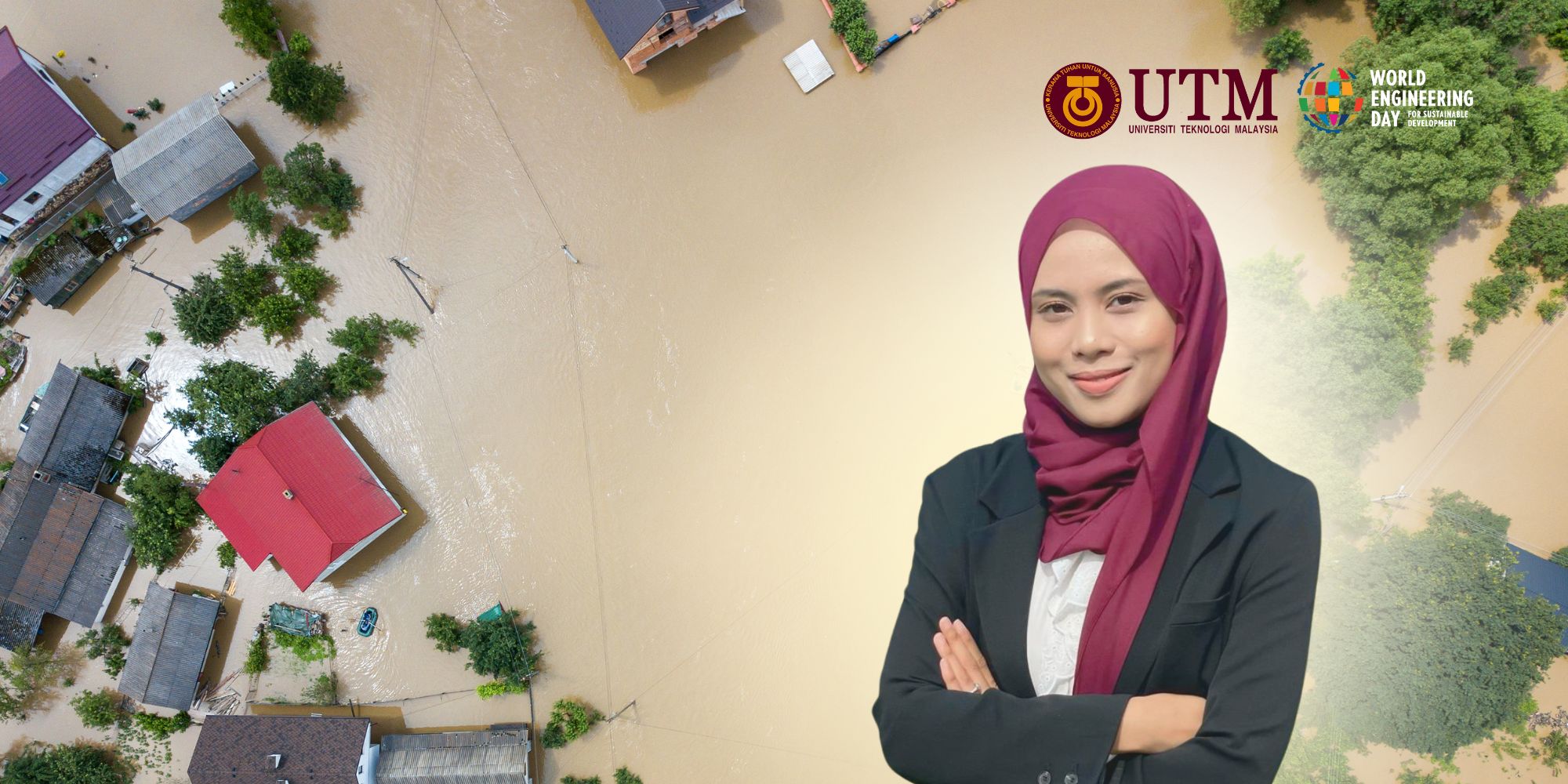We are witnessing a spike in global heat. The Intergovernmental Panel on Climate Change (IPCC) reports that our planet has been warming more and more over the last decade, reflected in an average warming of 1 degree Celsius in many regions and seasons. The changing climate is not only leading to an increase in temperature but also to national disasters that affect people’s lives.
Australia, known as the ‘land down under’, has experienced a series of environmental crises. The ‘Millennium Drought’ or ‘Big Wet’ are not just buzzwords, but represent prolonged droughts and heavy floods that have plagued the continent over the past decade. These issues have led to various problems, such as water shortages in some parts of Australia and crop failures, which pose a significant threat to food security. The United States has also suffered significant economic damage from climate-related disasters, totaling approximately $2.660 trillion since 1980. This country often suffers from wildfires that cause temperature spikes leading to heat waves, especially in the west of the country. For Asian countries, the effects of climate change have been exceptional, as this continent is close to the equator and is strongly influenced by the El Niño-Southern Oscillation (ENSO) phenomenon, which brings temperature fluctuations and atmospheric changes. Researchers and scientists around the world have hypothesized that climate changes in the Asian region are more complex and unique. Drought is a major challenge in East Asia, while erratic rainfall patterns in Southeast Asian countries lead to devastating floods.
However, one common thread ties these disasters together: their arbitrary impact, affecting both the environment and humans. It is a global wake-up call which demands our attention and prompt action before it is too late.
In today’s era of urbanization, climate change has been found to trigger the UHI (Urban Heat Island) effect. This triggers further consequences, from suffocating air pollution to scorching heat waves that threaten lives. No part of the world has been spared. But in the midst of this challenge stands a battalion of scientists and engineers determined to tackle it head on.
Their weapons? Cutting-edge satellite and observation data and advanced modeling approaches. These satellites provide diverse information about the Earth, from map imagery to intricate weather patterns that are critical to unlocking climate secrets. With their broad coverage and detailed insights, satellite datasets can assess temperature variations or even vegetation cover density, which are central to the ever-changing climate challenge. Established providers of global satellite datasets include the National Aeronautics and Space Administration (NASA) and the National Oceanic and Atmospheric Administration (NOAA). In Malaysia, the Malaysia Meteorological Department (MetMalaysia) and the Malaysia Space Agency (MYSA) have developed the local climate and satellite data resources.
But don’t forget the ground truth – observations from weather stations and flux towers. These datasets provide invaluable insights into temperature fluctuations, rainfall patterns, and the intricate changes in energy flux exchanges. Furthermore, these site-level observations would be very useful not only for providing data for analysis but also for validation with remote sensing and modeling simulation data. When it comes to modeling, the land surface model (LSM) has emerged as a well-known climate model as it is robust and provides diverse climate information based on complex interactions between energy, water and land in the context of physical and biogeochemical exchanges. Various LSMs such as the Noah LSM and the Community Land Model, developed by the brilliant minds at the National Center for Atmospheric Research (NCAR), can unravel the mysteries of climate dynamics on Earth. Numerous scientists have also proven that the use of LSM can capture the complex components of climate, including the underlying factors within the atmospheric boundary layer.
As the threat of climate change increases, there is hope in our combined efforts of intellect and technology. It is a call to scientists, policymakers and all who care about our planet to unite and tackle these challenges head on. By harnessing technological innovation and fostering international cooperation, we can strive for a sustainable future that can withstand the effects of climate change.
Dr. Nurul Syahira Mohammad Harmay is a Senior Lecturer in the Faculty of Civil Engineering at Universiti Teknologi Malaysia. Her research expertise lies in leveraging climate modeling to investigate a range of environmental and hydrological issues. Dr. Harmay’s work focuses on understanding the impact of human activities on climate change and water resources, analyzing surface energy balance, and the interplay between urbanization and climate. She also studies extreme weather events like heat waves, the overall impacts of climate change, and hydro-meteorological analysis.

